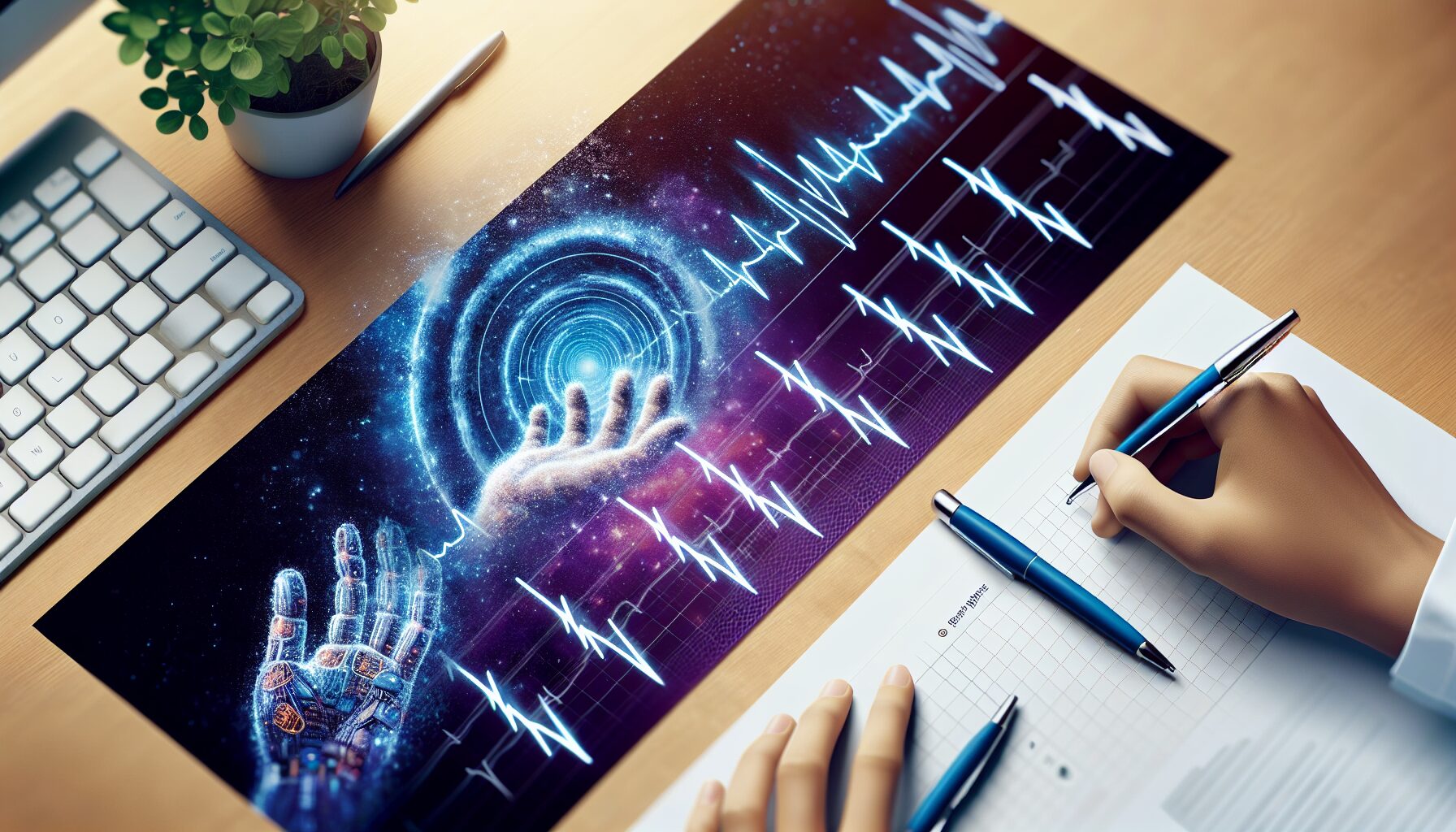In the realm of medical science, the concept of death has evolved significantly, both in terms of its definition and the precise moment it is recognized. As our understanding deepens, the criteria for determining the exact moment of death have become increasingly complex. This article delves into the intricate process of defining the end of life from a medical perspective.
The Historical Perspective of Death
In earlier times, death was often defined simply as the cessation of breathing and heartbeat. However, with advancements in medical technology, this definition has become more nuanced. The advent of organ transplantation and life-support systems has necessitated a clearer and more consistent definition of death.
“The definition of death has significant personal and societal implications. It affects organ donation and transplantation, end-of-life care, and the determination of when to cease resuscitative efforts.”
— The Journal of the American Medical Association
The Modern Criteria for Death
Today, death is defined by two primary standards: cardiopulmonary death and brain death.
- Cardiopulmonary Death: This occurs when the heart stops beating and breathing ceases permanently. While historically this was the sole criterion, it is now often reevaluated depending on the context, particularly with the possibility of resuscitation.
- Brain Death: According to the American Association of Neurological Surgeons, brain death is the “irreversible cessation of all brain function,” including the brain stem. This criterion has become particularly significant in cases involving life support, where a ventilator may maintain cardiopulmonary function despite the absence of brain activity.
Challenges in Determining Brain Death
Determining brain death involves a series of tests and examinations designed to confirm the absence of neurological activity. These include:
- Coma Verification: The individual must be in an irreversible and profound state of unconsciousness.
- Absence of Brainstem Reflexes: There must be no reactions such as pupil response to light, gag reflex, or response to pain.
- Apnea Test: This confirms the absence of spontaneous respiration by disconnecting the patient from the ventilator and observing for any attempts to breathe.
Despite these procedures, the interpretation and implementation of brain death criteria can vary across institutions and regions. According to a study published in the Lancet Neurology, inconsistencies exist globally, impacting the consistency and reliability of brain death diagnoses.
The Ethical Dimension
Death is not merely a medical event; it is deeply intertwined with ethical, cultural, and philosophical considerations. The determination of death, particularly brain death, often leads to profound ethical dilemmas for families and healthcare providers.
“For many families, accepting brain death is challenging because the patient’s heart still beats, and the body appears warm and alive. This creates a contradiction between the clinical reality and the family’s perception.”
— Journal of Medical Ethics
These emotional challenges are compounded by potential conflicts between cultural and religious beliefs and the medical definition of death. Different cultures may have varying beliefs about what constitutes death, affecting acceptance and decision-making processes.
Legal and Social Implications
The determination of death has profound legal and social implications. Legally, death marks the end of an individual’s rights and responsibilities, impacting issues such as organ donation, life insurance, and inheritance. Socially, the recognition of death often marks the onset of grieving processes and the closure of life narratives for families and communities.
In recent years, legal standards have generally aligned with medical criteria, recognizing both cardiopulmonary and brain death as legitimate definitions of death. However, controversies can arise when legal systems lag behind advancements in medical understanding and technology.
The Future of Death Definition
Technological advancements continue to redefine our understanding of life and death. Innovations in fields like artificial intelligence, biotechnology, and neuroscience could potentially alter the boundaries that define human existence.
Looking ahead, the possibility of reversing brain death through novel scientific techniques, such as stem cell therapy or neural regeneration, poses challenging questions. When does an individual cease to exist if future technologies can restore life to previously irrecoverable states?
“As science advances, the line between life and death may become increasingly blurred, leading to complex philosophical and ethical debates about the essence of humanity.”
— The Lancet
Conclusion
The journey to understanding and defining the exact moment of death is a complex interplay of medical, ethical, and philosophical dimensions. As science and medicine continue to advance, it will be imperative to engage in an ongoing dialogue that includes healthcare professionals, ethicists, legal experts, and society at large. Such a dialogue is essential to responsibly navigate the profound implications of defining death in the modern world.

Comments